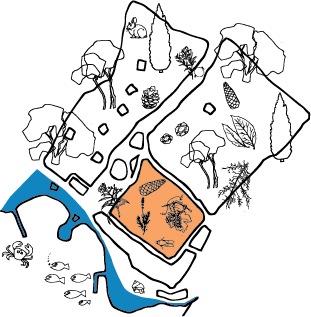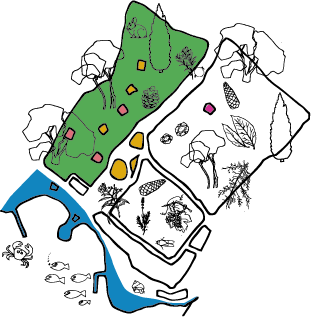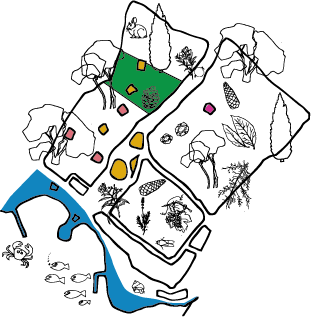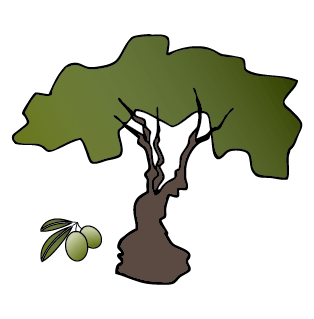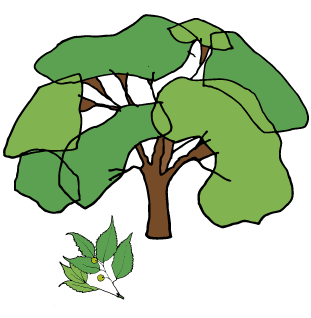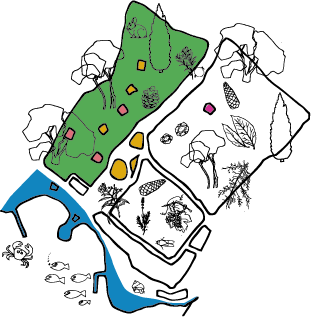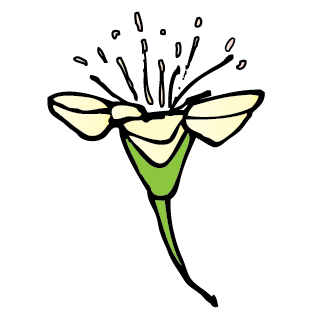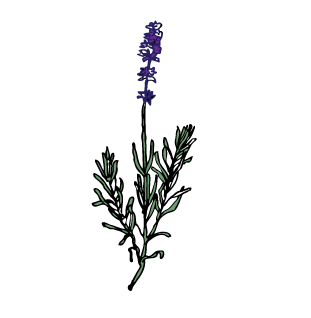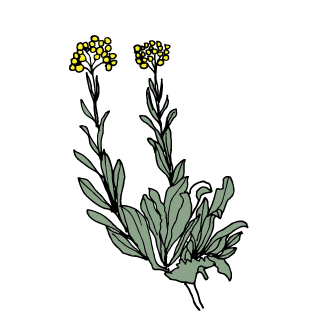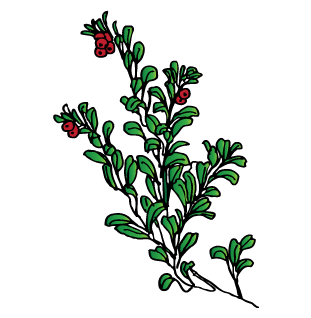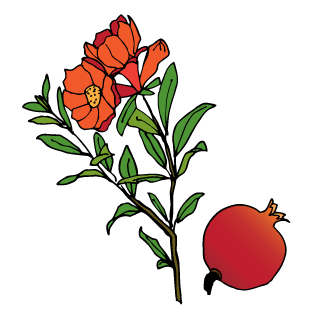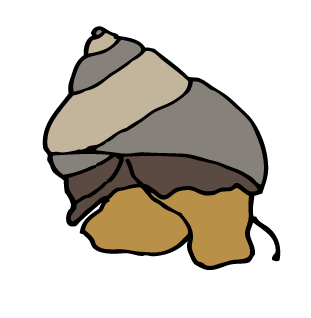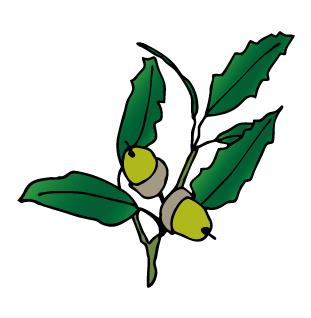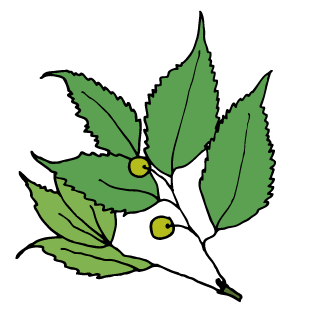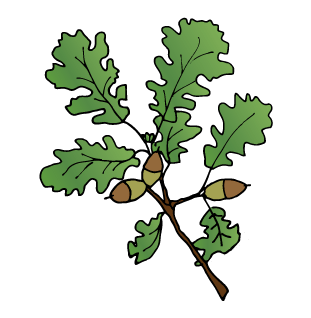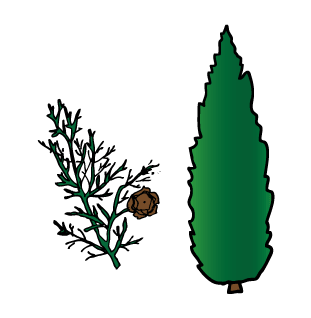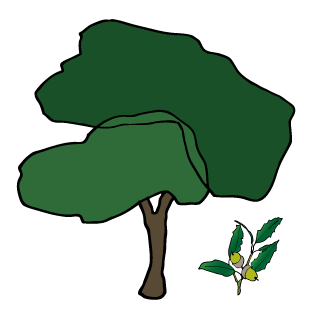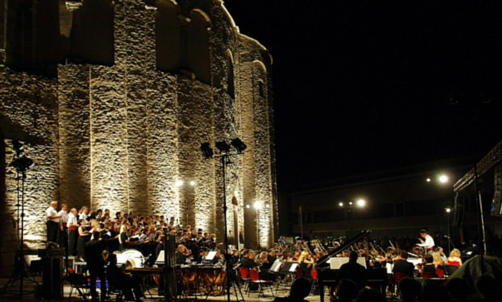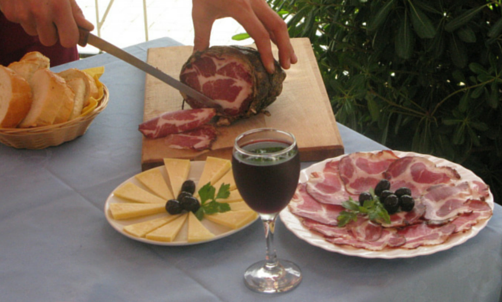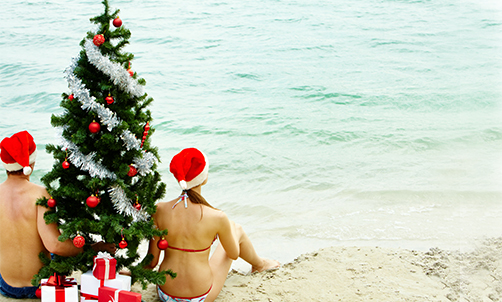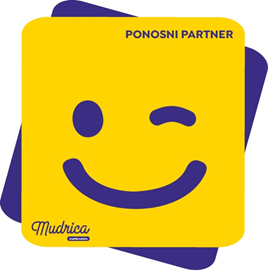Christmas customs and traditions in Dalmatia
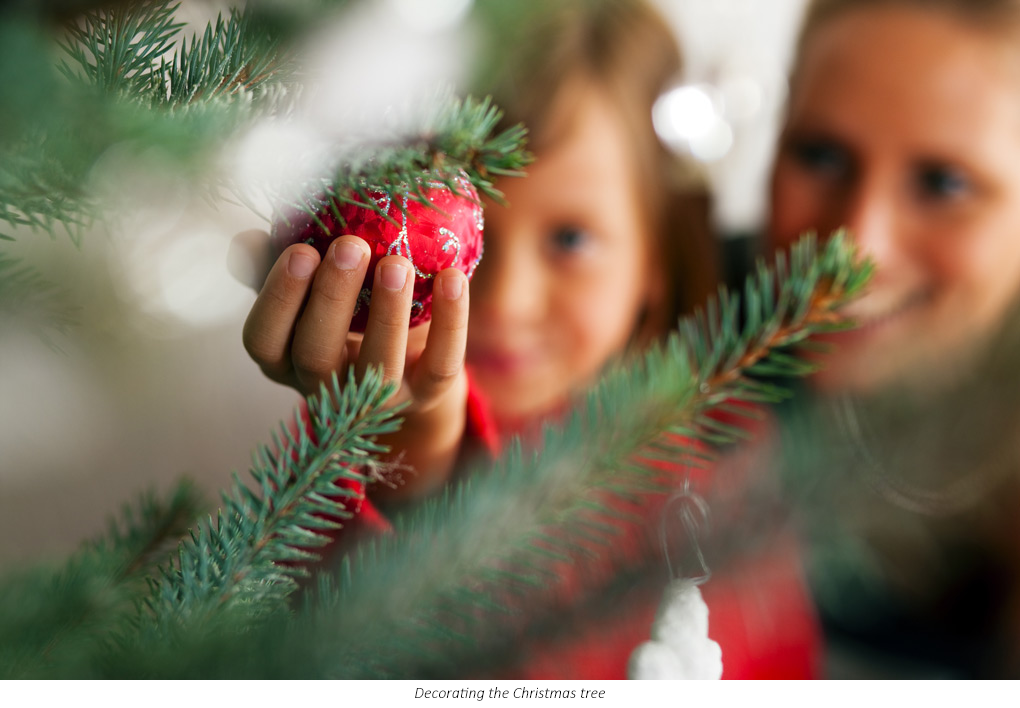
Don’t forget to light the candle(s) because the anticipation before Christmas has already started! As it does every year beginning of December. In a country such as Croatia, where a bit less than ninety percent of inhabitants declare themselves as Catholics, Christmas customs and traditions are tightly related with Christian practices of celebrating Christmas.
Regardless of the estimated number of the actual practicing Catholics, yuletide customs are still observed in every household nation-wide, with slight regional differences. The general idea of spirituality, hope and anticipation still prevails, even though many traditions have been replaced by international customs.
Start with an A for Advent
Preparations for the actual Christmas Day, or the arrival of Božić (Cro. ‘little god’), begin four weeks ahead. Traditionally, a circle of evergreen branches symbolizing eternal life was decorated with four candles, which are lit one by one every Sunday prior to Christmas. Nowadays, wreaths tend to lose the evergreen for more modern, stylized versions, but the four candles remain.

Live Nativity scene in Dalmatia (photo by Filip Brala)
Giving presents
Apart from receiving presents on Christmas Day, which is a relatively recent custom connected with the internationally widespread idea of Santa Claus or Father Christmas, children look forward to receiving presents even sooner. For example, St Lucia, whose day is celebrated on December 13, brings presents to children, particularly in Dalmatia. It is also the moment to plant wheat, which symbolizes renewal of life and fertility. In other parts of Croatia, wheat is planted on Saint Barbara’s Day (December 4) while children look forward to the arrival of Saint Nicholas (December 6). Both St Lucia and St Nicholas used to bring dried fruit, figs and almonds, but nowadays they are expected to give away sweets.
The day before
Badnjak (Cro. ‘day before Christmas’) is a day when people choose to take the day off or finish work earlier, as a lot is to be done at home. The house needs to be spotless before the family decorates the Christmas tree together, a tradition observed since the mid 19th century. Underneath the tree, some people place the representation of Nativity scene and the wheat planted a few weeks before. Traditionally, people in Dalmatia used to bring three logs called badnjak and some hay into their homes, to call for peace and abundance.
The dinner served on Christmas Eve does not traditionally include meat, but rather dried cod, other type of fish or squid risotto, followed by fritule, a doughnut-like pastry. Once the family finishes their dinner, they get ready to attend polnoćka or Midnight Mass at the church.

Christmas table setting
Christmas Day
In a few words, it’s a family day - a day for all members of the family to come together and celebrate togetherness. Unlike dinner served on Christmas Eve, the festive lunch tends to be abundant with mutton, lamb meat or turkey, and a variety of side dishes, together with Christmas buns and pastries to round off the meal. People generally stay at home with their family, peaceful and quiet according to the occasion they celebrate. It is the following day, St Stephen’s Day, when they leave their houses to wish a happy name day to any Stephen they might know and/or a merry Christmas to their friends. Traditionally, men also used to go carol singing from door to door, a practice called koledanje, which included singing and further feasting.
Merry Christmas!
While some traditions and customs may have become obsolete due to the changing lifestyles, the original idea of Christmas still remains, regardless of the sometimes showy decorations and the amount of presents. It’s the idea of light, spirituality and hope of the new beginning. With that said, let it be a merry one, indeed!

